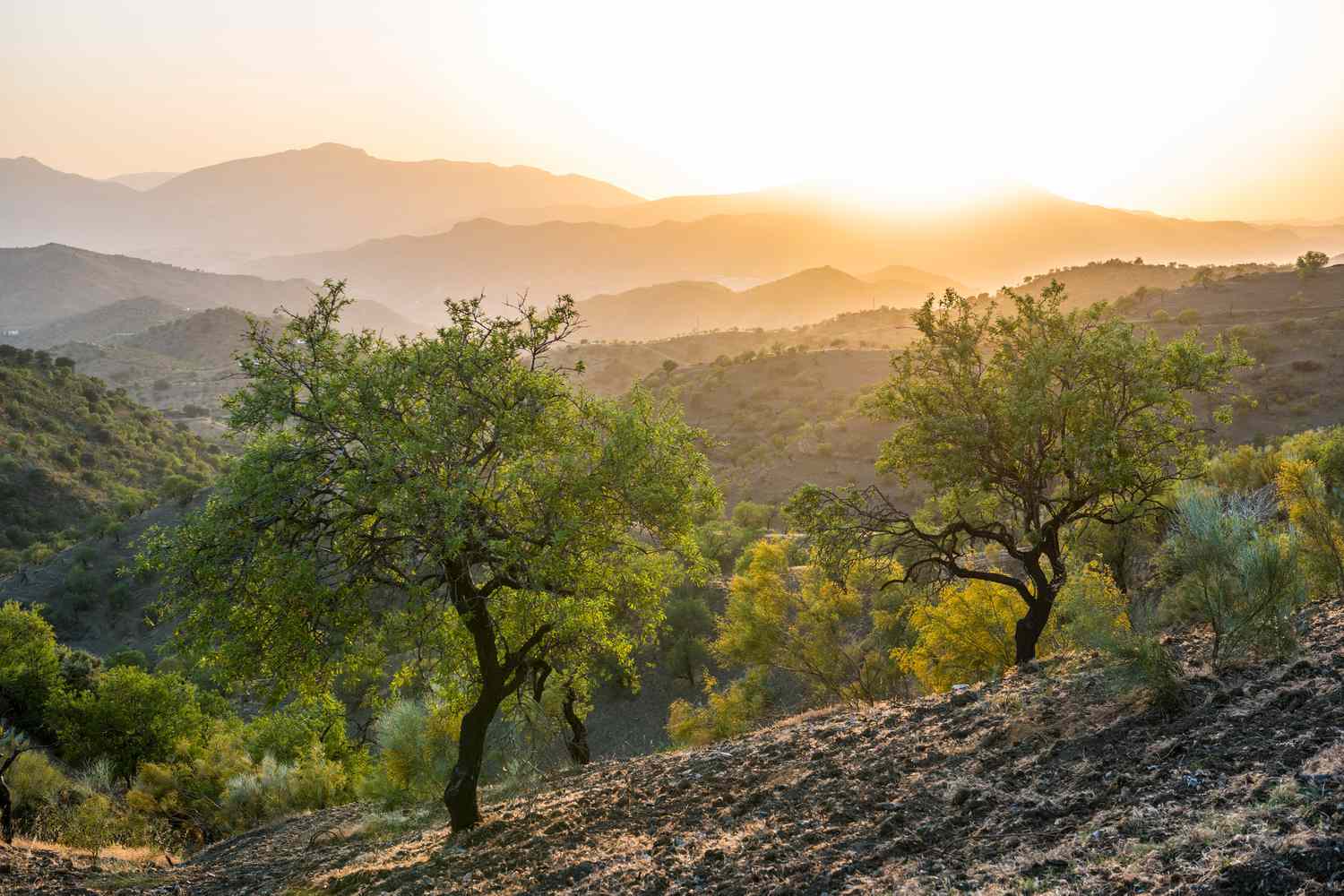
The rising cost of olive oil over the past few years has not gone unnoticed, especially for those who follow a Mediterranean diet, where it makes up the main source of fat. In fact, the global price of olive oil has more than doubled since 2021. While there are many factors at play, the impacts of climate change are becoming increasingly apparent.
How Climate Change Is Challenging Olive Oil Production
Olive oil trees are surprisingly resilient. They can withstand and adapt to harsh conditions and changes in their environment, including fires and floods. Take the olive tree of Vouves in Crete, Greece, as an example. The ancient tree is estimated to be more than 4,000 years old—and it produces olives to this day. That’s an impressive display of resilience, yet, without intervention and ingenuity, climate change may prove devastating for this tree and the millions of hectares of olive trees across the Mediterranean—the location of some of the world’s largest producing countries like Spain, Italy, Greece and Turkey.
According to Jessica Fanzo, a professor of climate and food at Columbia University, the most dramatic climate-related events impacting agriculture in the Mediterranean region include prolonged droughts, heat waves and wildfires. “Temperatures in Europe were 0.75°C warmer the past two years than a 1990 to 2020 average, putting increasing strain on agriculture production systems, including water needs. Global production of olive oil has decreased in the last few years due to some of these prolonged events,” says Fanzo. “[Because] most olive oil is rain-fed, prolonged droughts make it much more difficult for the soil to retain water, putting stress on the trees.” And it’s this extreme stress that Fanzo attributes to the inability of some trees to fully mature—a trend with an, unfortunately, less than positive outlook.
Courtesy Photo Heraclea
“When olive trees experience extreme heat, they drop fruit to preserve moisture and prioritize the tree’s health,” explains Cliff Little, president of Corto Olive Oil. Olives that prematurely fall from trees are often harder and smaller, making the extraction process difficult and generally producing less and lower-quality oil. This catastrophic hit to production causes a rise in prices as farmers attempt to recover.
Warmer weather brings a host of other problems for olive farmers and their groves—namely bug infestations that either directly attack the fruits or introduce pathogens to trees. “While the more recent Bactrocera oleae infestation relationship with a changing climate is still under investigation, it is an additional shock to the olive ag system,” added Fanzo. These infestations, including the emerging Xylella fastidiosa, can bring about devastating effects in their host plants—tainting the oils, causing deficiencies in water, and crippling the tree’s ability to absorb vital minerals. With warmer winters becoming more frequent, farmers have less of a reprieve from pestilent insects that otherwise tend to dissipate come colder temperatures.
How Olive Oil Producers Are Adapting to Climate Change
Still, there’s reason for farmers, and consumers, to be hopeful. Fanzo says that farmers will and are adapting. “Instituting efficient water management systems (water storage, soil moisture monitoring, etc.), considering new varietals of crops that are more drought-tolerant, scaling conservation tillage practices and putting in cover crops will be key.”
Berk Bahceci, founder and CEO at Heraclea, has already implemented modifications and advancements to his farming methods in Turkey in an attempt to impede the effects of climate change and develop a more sustainable model. “We’ve seen rising temperatures, less rain and longer periods of drought over the past five years, all of which have significantly impacted olive farming in general,” says Bahceci. “To combat these climate shifts, we apply kaolinite clay to reduce water loss and focus on rainwater harvesting to support the ecosystem. Water is life—not just for irrigation but for building a healthy, thriving environment around our trees. By encouraging animals to graze, we manage weeds naturally and enrich the soil, ensuring our groves prosper without chemicals or artificial irrigation.”
Courtesy Photo Heraclea
In San Joaquin County, California, where the climate closely mirrors that of the Mediterranean, olive oil farmers are facing a similar situation. “One of the biggest impacts of climate change in California is water availability,” says Little. “[It’s] one of California’s most precious and endangered resources. Corto’s olive groves use 100% drip irrigation and soil- and water moisture-monitoring probes to increase efficiency and reduce water evaporation.” Additional sustainable initiatives at Corto include high-efficiency planting methods and the installation of solar panels to power operations. On another positive note, Little says that olive trees store more CO2 than the olive oil production process emits.
The Challenges Don’t Stop at Climate Change
It appears that olive oil producers may yet adapt to the effects of climate change, but there remain more issues to overcome. “While climate change is a major factor, unsustainable practices like monocropping and excessive use of herbicides and pesticides worsen land degradation,” says Bahceci. “High-density olive farms, particularly in Spain, exploit limited water resources and contribute to the global strain on agricultural ecosystems.” Also hampered by unethical practices, including rampant fraud and theft, the olive oil industry has a long way to go.
